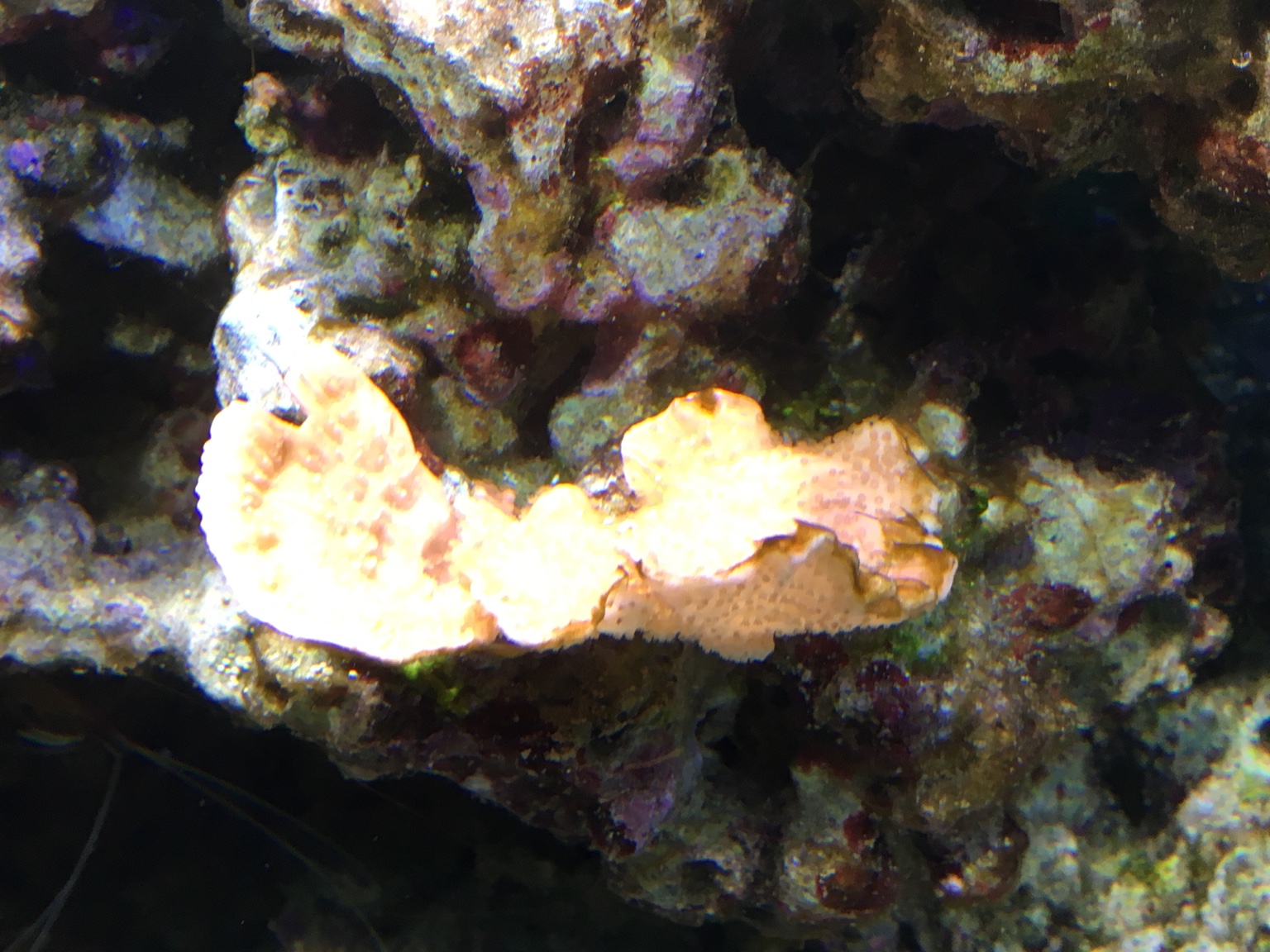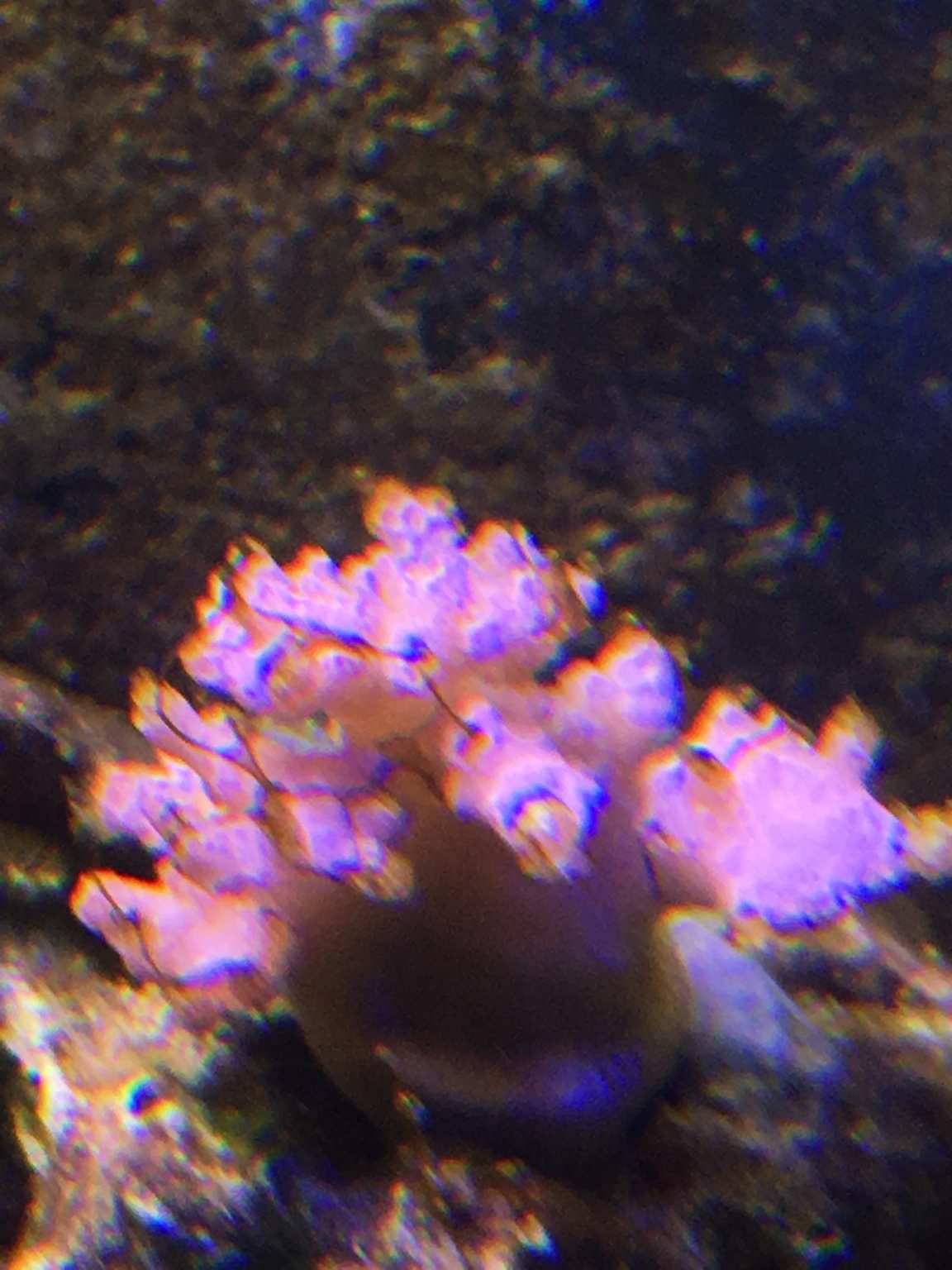For 5 months i removed cyano off the rocks twice a week...with a tooth brush....225g 6ft tank loaded w rocks.Both and Dino's.
And then some fade almost instantly.
Nice thing about R2r. You see constant data points. Pictures.
Some fade immediately as if they used up the food. Some linger.
One case Brandon 429 and I worked on took months and no respite. Nothing worked.
In hindsight , it had to be rotten rock. Something had to be in it.
Still only took 10 minutes and tank looked great.
Over the year i quit skimming, stopped doing large water changes, added ozone, added a large algae reactor, switched to 1.4% daily water changes and actually increased feedings and not a spec of algae on my rocks....i almost miss my bi weekly brushing.
I get a little on the sand bed and can completly comtrol whats even on the sand bed via feedings and how often i change filter socks.
I once did an experiment: 40g tank, no fish, no feedings, kessil A150sx2 sky blue..(which was very white to the eye) modetate flow.
With no feedings or water changes it still completely over grew in cyano until it was just one sludge of slime......
The only possible nutrient source was ato water yet the same ato water causes no issues in my 90 or 225.





















